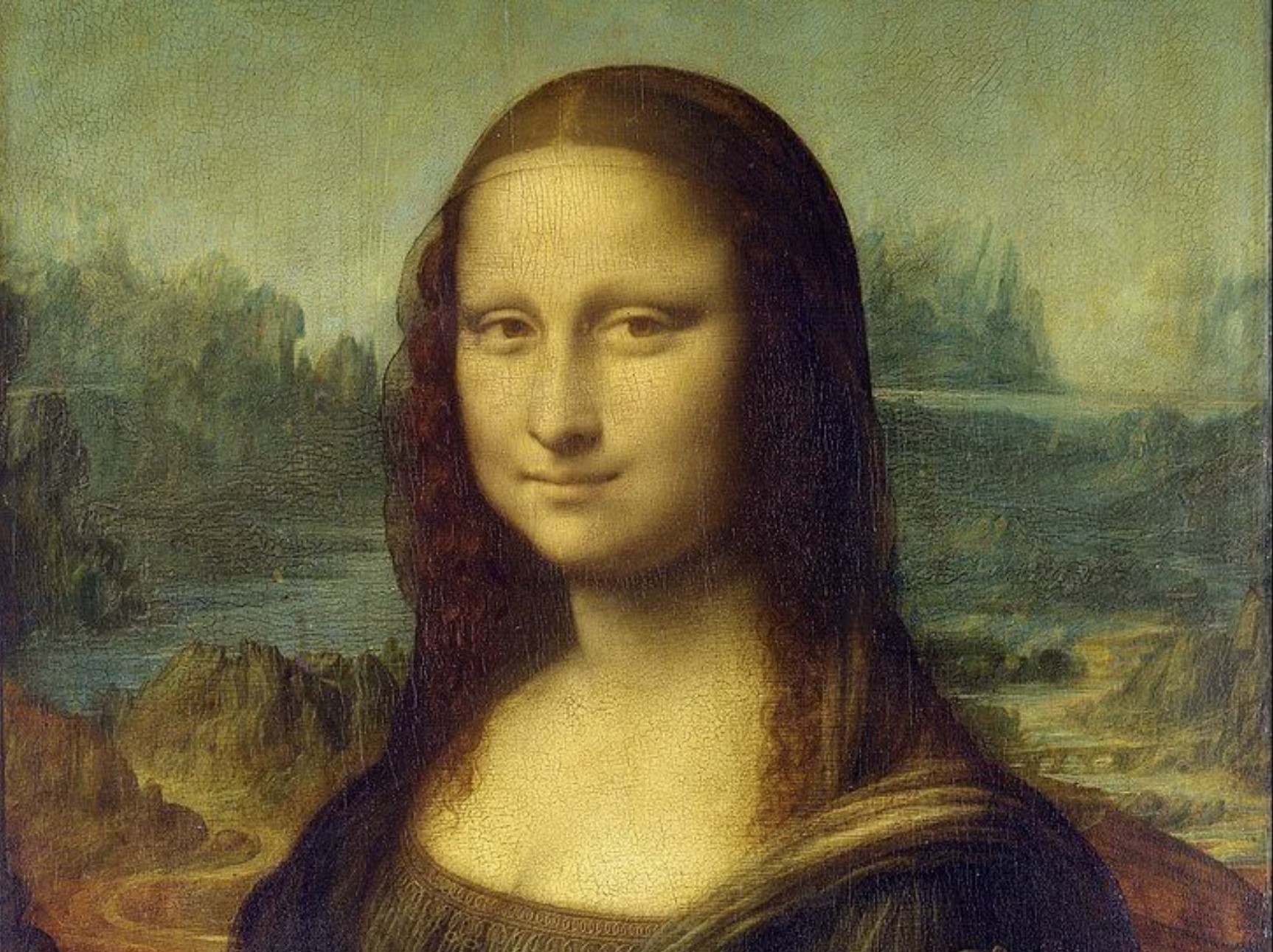In this directory, you will find examples on how you could use BigDL-LLM optimize_model API on LLaVA models on Intel GPUs. For illustration purposes, we utilize the liuhaotian/llava-v1.5-7b as a reference LLaVA model.
To run these examples with BigDL-LLM on Intel GPUs, we have some recommended requirements for your machine, please refer to here for more information.
In the example generate.py, we show a basic use case for a LLaVA model to start a multi-turn chat centered around an image using generate() API, with BigDL-LLM INT4 optimizations on Intel GPUs.
We suggest using conda to manage the Python environment. For more information about conda installation, please refer to here.
After installing conda, create a Python environment for BigDL-LLM:
conda create -n llm python=3.9 # recommend to use Python 3.9
conda activate llm
# below command will install intel_extension_for_pytorch==2.1.10+xpu as default
pip install --pre --upgrade bigdl-llm[xpu] -f https://developer.intel.com/ipex-whl-stable-xpu
git clone -b v1.1.1 --depth=1 https://github.com/haotian-liu/LLaVA.git # clone the llava libary
pip install einops # install dependencies required by llava
cp generate.py ./LLaVA/ # copy our example to the LLaVA folder
cd LLaVA # change the working directory to the LLaVA folderWe suggest using conda to manage environment:
conda create -n llm python=3.9 libuv
conda activate llm
# below command will install intel_extension_for_pytorch==2.1.10+xpu as default
pip install --pre --upgrade bigdl-llm[xpu] -f https://developer.intel.com/ipex-whl-stable-xpu
git clone -b v1.1.1 --depth=1 https://github.com/haotian-liu/LLaVA.git # clone the llava libary
pip install einops # install dependencies required by llava
cp generate.py ./LLaVA/ # copy our example to the LLaVA folder
cd LLaVA # change the working directory to the LLaVA foldersource /opt/intel/oneapi/setvars.shcall "C:\Program Files (x86)\Intel\oneAPI\setvars.bat"Note: Please make sure you are using CMD (Anaconda Prompt if using conda) to run the command as PowerShell is not supported.
For optimal performance, it is recommended to set several environment variables. Please check out the suggestions based on your device.
For Intel Arc™ A-Series Graphics and Intel Data Center GPU Flex Series
```bash export USE_XETLA=OFF export SYCL_PI_LEVEL_ZERO_USE_IMMEDIATE_COMMANDLISTS=1 ```For Intel Data Center GPU Max Series
export LD_PRELOAD=${LD_PRELOAD}:${CONDA_PREFIX}/lib/libtcmalloc.so
export SYCL_PI_LEVEL_ZERO_USE_IMMEDIATE_COMMANDLISTS=1
export ENABLE_SDP_FUSION=1Note: Please note that
libtcmalloc.socan be installed byconda install -c conda-forge -y gperftools=2.10.
For Intel iGPU
set SYCL_CACHE_PERSISTENT=1
set BIGDL_LLM_XMX_DISABLED=1For Intel Arc™ A300-Series or Pro A60
set SYCL_CACHE_PERSISTENT=1For other Intel dGPU Series
There is no need to set further environment variables.
Note: For the first time that each model runs on Intel iGPU/Intel Arc™ A300-Series or Pro A60, it may take several minutes to compile.
python ./generate.py --image-path-or-url 'https://llava-vl.github.io/static/images/monalisa.jpg'In the example, several arguments can be passed to satisfy your requirements:
--repo-id-or-model-path REPO_ID_OR_MODEL_PATH: argument defining the huggingface repo id for the LLaVA model (e.g.liuhaotian/llava-v1.5-7bto be downloaded, or the path to the huggingface checkpoint folder. It is default to be'liuhaotian/llava-v1.5-7b'.--image-path-or-url IMAGE_PATH_OR_URL: argument defining the input image that the chat will focus on. It is required.--n-predict N_PREDICT: argument defining the max number of tokens to predict. It is default to be512.
If you encounter some network error (which means your machine is unable to access huggingface.co) when running this example, refer to Trouble Shooting section.
USER: Do you know who drew this painting?
ASSISTANT: Yes, the painting is a portrait of a woman by Leonardo da Vinci. It's a famous artwork known as the "Mona Lisa."
USER: Can you describe this painting?
ASSISTANT: The painting features a well-detailed portrait of a woman, painted in oil on a canvas. The woman appears to be a young woman staring straight ahead in a direct gaze towards the viewer. The woman's facial features are rendered sharply in the brush strokes, giving her a lifelike, yet enigmatic expression.
The background of the image mainly showcases the woman's face, with some hills visible in the lower part of the painting. The artist employs a wide range of shades, evoking a sense of depth and realism in the subject matter. The technique used in this portrait sets it apart from other artworks during the Renaissance period, making it a notable piece in art history.
The sample input image is:
If you encounter the following output, it means your machine has some trouble accessing huggingface.co.
requests.exceptions.SSLError: (MaxRetryError("HTTPSConnectionPool(host='huggingface.co', port=443): Max retries exceeded with url: /openai/clip-vit-large-patch14-336/resolve/main/config.json (Caused by SSLError(SSLZeroReturnError(6, 'TLS/SSL connection has been closed (EOF) (_ssl.c:1129)')))"),
You can resolve this problem with the following steps:
- Download https://huggingface.co/openai/clip-vit-large-patch14-336 on some machine that can access huggingface.co, and put it in huggingface's local cache (default to be
~/.cache/huggingface/hub) on the machine that you are going to run this example. - Set the environment variable (
export TRANSFORMERS_OFFLINE=1) before you run the example.
